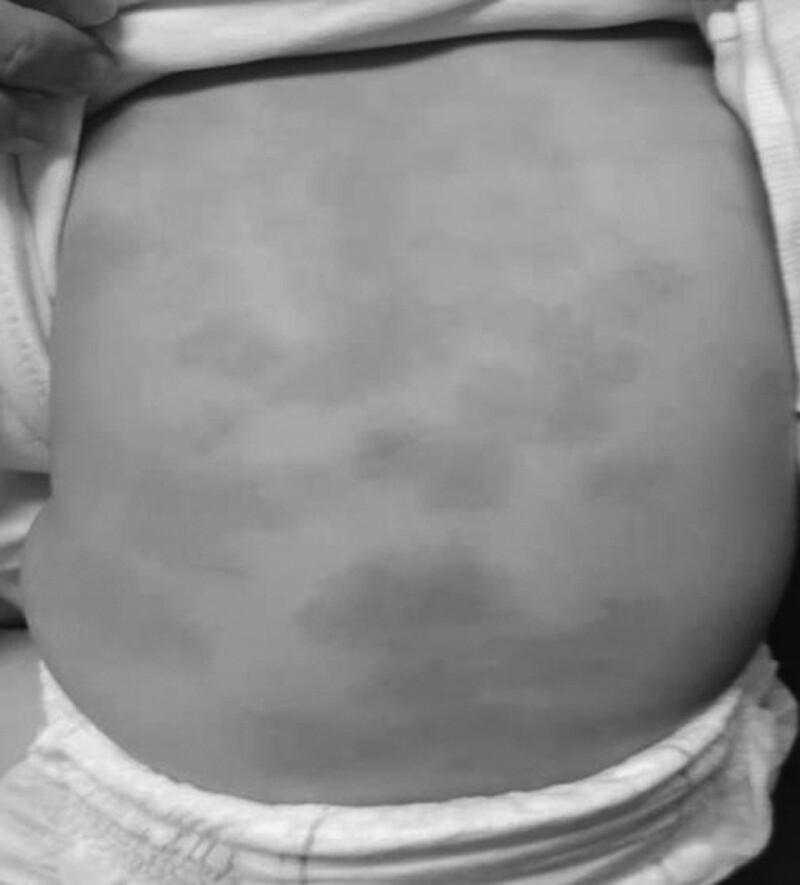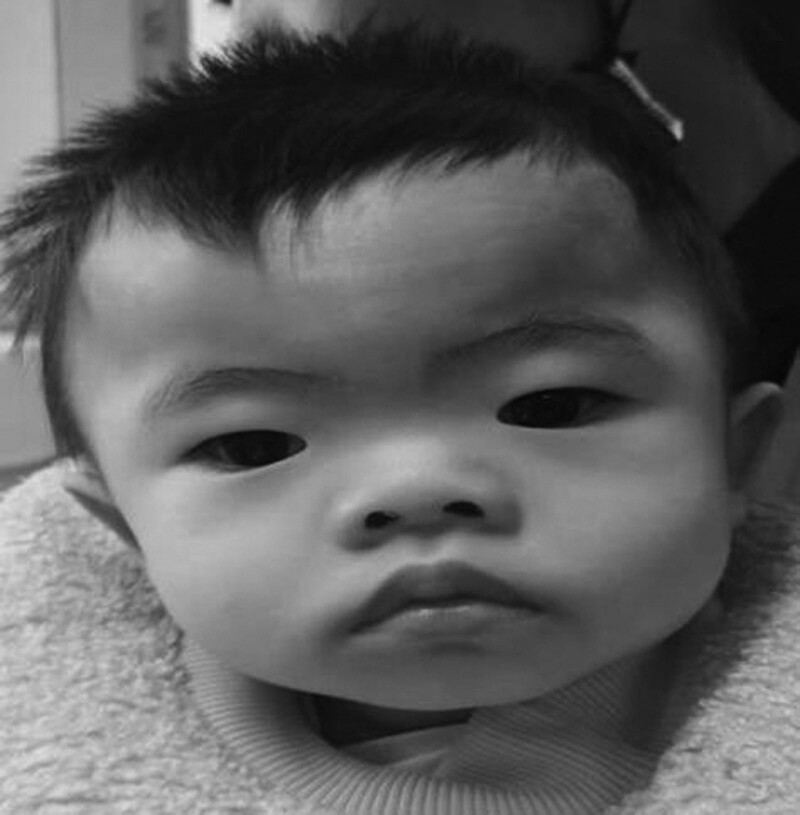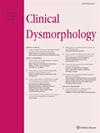由一种新的无义常染色质组蛋白甲基转移酶1变异引起的Kleefstra综合征患者的多个蒙古斑
IF 0.5
4区 医学
Q4 GENETICS & HEREDITY
引用次数: 0
摘要
本文章由计算机程序翻译,如有差异,请以英文原文为准。



Multiple Mongolian spots in an individual with Kleefstra syndrome caused by a novel nonsense euchromatin histone methyltransferase 1 variant.
Introduction Kleefstra syndrome (KS) (OMIM #610253) is caused by a heterozygous microdeletion of chromosome 9q34.3 region or a pathogenic variation in the euchromatin histone methyltransferase 1 (EHMT1) gene (OMIM #607001). The EHMT1 gene located at chromosome 9q34.3 region, which contains a total of 28 exons, and the initiation of ATG occurs in exon 2 (Kleefstra et al., 2006). Kleefstra et al. (2009) reported 16 patients with 9q subtelomeric deletion syndrome and six patients with an intragenic EHMT1 mutation. All patients presented with the core phenotype of the deletion syndrome, and there were no phenotype-genotype correlations between size of the deletions or type of mutations and severity of clinical features, so they concluded that the haploinsufficiency of EHMT1 gene was the basis for the phenotypic features of the deletion syndrome. There are more than 100 cases of KS reported so far, of which about 75% are caused by a heterozygous microdeletion in the 9q34.3 region containing the EHMT1 gene, and 25% are caused by loss-of-function, intragenic EHMT1 variants (Atik et al., 2015). We report an individual with KS1 and multiple Mongolian spots (also known as congenital dermal melanocytosis) caused by a novel pathogenic nonsense variant NM_024757:exon 9:c.1468C >T(p.R490*) in the EHMT1 gene. Case report An 11-month-old girl born at 37 weeks of gestational age to a 27-year-old G1P0 → 1 mother was referred to our clinics because of motor developmental delay (DD). Pregnancy and family history were noncontributory. She achieved head control by 5 months, and could sit up independently by 10 months but was not able to crawl or say simple words such as ‘Mom’ or ‘Dad’. Growth parameters were as follows: weight 7.0 kg (<3rd centile), length 67.5 cm (<3rd centile), head circumference 41.0 cm (<3rd centile). Indifferent reaction, not easy to be amused, unable to actively look at others, no response to name. The back, buttocks, and the outside of the right thigh were diffusely distributed with bluish-brown Mongolian spots (Fig. 1). The head circumference was small (Microcephaly) and the front and back diameter of the head was short. Special facial features: highly arched
求助全文
通过发布文献求助,成功后即可免费获取论文全文。
去求助
来源期刊

Clinical Dysmorphology
医学-遗传学
CiteScore
1.20
自引率
0.00%
发文量
64
审稿时长
6-12 weeks
期刊介绍:
Clinical Dysmorphology publishes succinct case reports on the etiology, clinical delineation, genetic mapping, and molecular embryology of birth defects. This journal covers such topics as multiple congenital anomaly syndromes - with particular emphasis on previously undescribed conditions, rare findings, ethnic differences in existing syndromes, fetal abnormalities, and cytogenetic aberrations that might give clues to the localization of developmental genes. Regular features include original, peer-reviewed articles, conference reports, book and software reviews, abstracts and summaries from the UK Dysmorphology Club, and literature summaries.
Submitted articles undergo a preliminary review by the editor. Some articles may be returned to authors wihtout further consideration. Those being considered for publication will undergo further assessment and peer-review by the editors and those invited to do so from a reviewer pool.
 求助内容:
求助内容: 应助结果提醒方式:
应助结果提醒方式:


